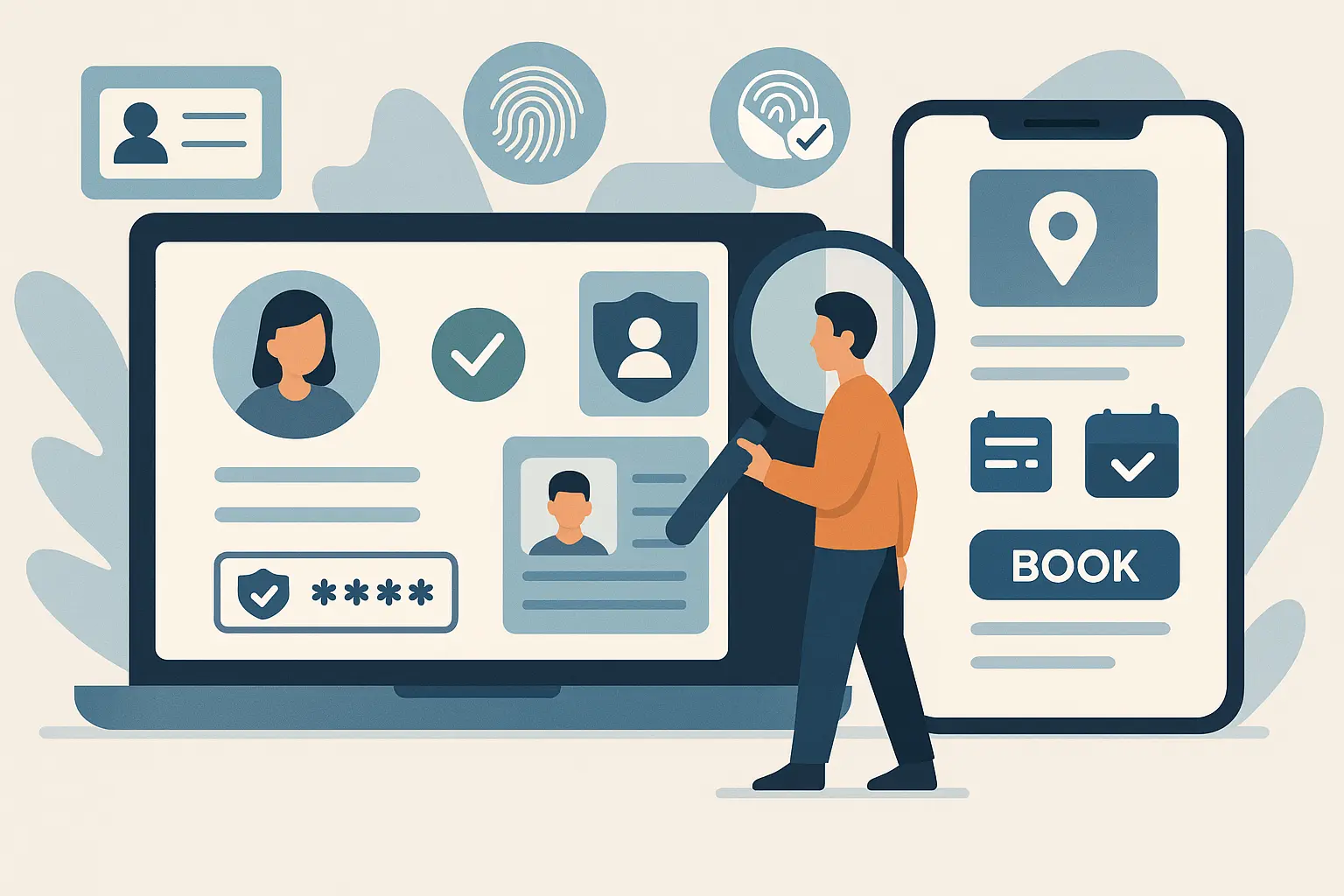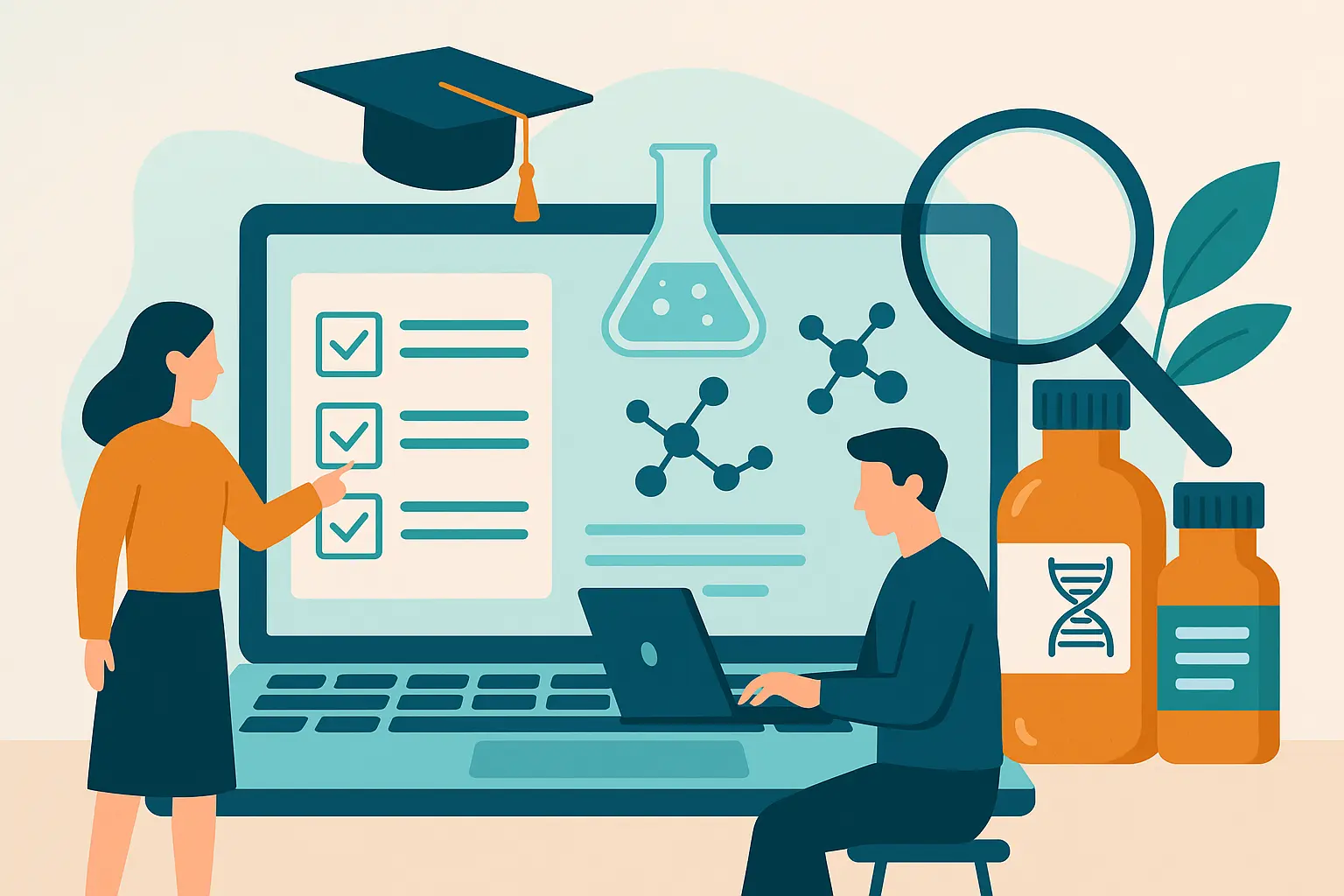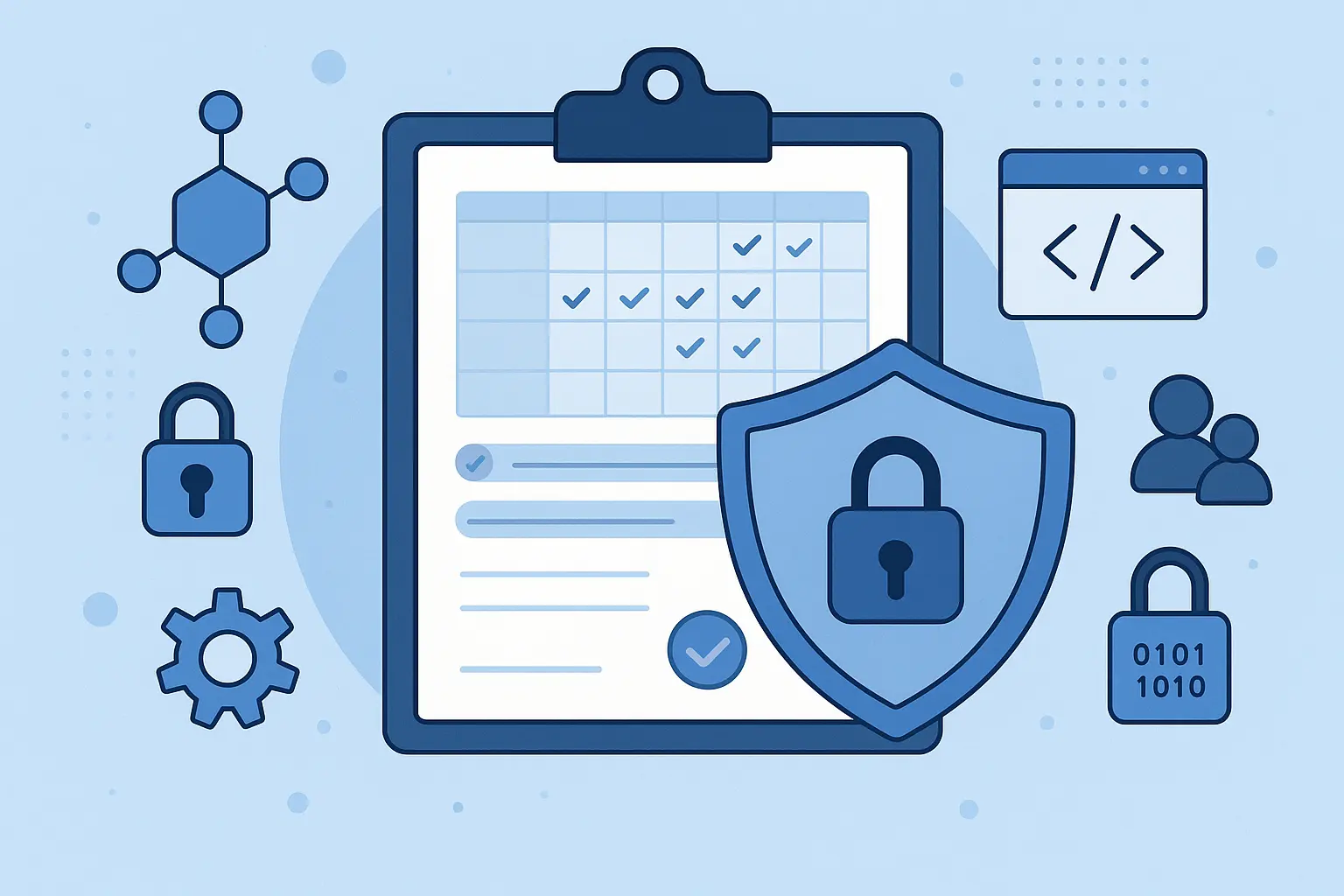Real-World Applications
Speech translation technology refers to systems capable of translating spoken language from one language to another in real time. This technology has developed significantly over the past few decades.
The origins of speech translation research can be traced back to the 1950s and 1960s. Some of the earliest work focused on translating isolated words and phrases between languages. Over time, statistical machine translation techniques advanced to enable the translation of longer passages and full sentences.
Modern speech translation systems utilize automatic speech recognition (ASR) to transcribe spoken audio into source text, machine translation to translate the text into another language, and text-to-speech (TTS) synthesis to read aloud the translation.
With further advancements in underlying ASR, machine translation, and TTS technologies, the potential for speech translation continues to grow. Systems are becoming capable of handling more complex dialogue, different speaking styles, and niche vocabulary.
Current State of the Technology
In recent years, real time speech translation technology has made significant advances thanks to research and development by major technology companies like Google, Microsoft, Facebook, and Amazon.
Overall, the current real-time speech translation services can provide a good gist of a conversation but are not yet at human-level fluency and accuracy. The technology performs better on common phrases and conversations, rather than specialized content. The supported language pairs also favor English and major world languages, with lower quality for less common language pairs.
Some of the major technical challenges include accented speech recognition, audio signal processing, translation ambiguity, context recognition, and more natural-sounding translations. As the technology improves, accuracy levels, supported languages, and conversational capabilities are expected to increase. But for now, real-time speech translation still has some limitations.
Advancements and Innovations
In recent years, real-time speech translation technology has advanced significantly thanks to improvements in artificial intelligence and machine learning. Companies and researchers have made important breakthroughs, especially in areas like neural networks, speech recognition, and machine translation.
Neural Networks
Neural networks, which are computing systems modeled after the human brain, have become much more powerful and sophisticated. By “training” these neural nets on massive datasets, researchers have developed networks capable of accurately converting speech into text and translating between languages. The development of transformers and deep learning techniques has been a game-changer.
Speech Recognition
Speech recognition accuracy has improved immensely, thanks to deep learning and big datasets. New techniques like connectionist temporal classification (CTC) have made it possible for systems to recognize speech in real time without pauses between words. The emergence of end-to-end speech recognition removes the need for separate components.
Machine Translation
Machine translation powered by neural networks has become incredibly accurate. Models like Google’s Transformer can translate full sentences while retaining context and meaning. Translation quality is now good enough to enable real-time intelligible communication across languages.
Multilingual Translation
An important advancement is multilingual translation, where systems can translate between multiple languages (ex. English to Japanese to French), not just between pairs. This is done by training the models on larger datasets with more language varieties.
Contextual Translation
Systems are now able to take conversational context into account during translation, improving accuracy and reducing ambiguity. The translation adapts based on the full dialog rather than just sentence-by-sentence.
Real-time translation technology has seen rapid adoption across many industries and settings, demonstrating its practical value in enabling seamless communication.
Business
In multinational corporations, employees frequently need to collaborate across language barriers. Real-time translation devices and software allow them to communicate clearly during meetings, presentations, and calls. For example, companies like Rakuten have equipped conference rooms with the technology to facilitate understanding between Japanese and English speakers.
Travel
For tourists and travelers, handheld translation devices have become a common sight at airports, hotels, and popular destinations. People can get around in foreign countries more easily without relying on others to translate. Products like the Pocketalk device offer two-way translation in over 70 languages, even without an internet connection.
Healthcare
In clinical settings, accurate communication between patients and medical staff is critical. Hospitals and clinics now use speech translation to bridge language gaps during examinations, procedures, and informed consent processes. For instance, Memometal Health developed the Clinician Device specifically for doctor-patient interactions.
Education
Language learners are using speech translation tools as a supplement to traditional classroom instruction. The technology provides vocabulary pronunciation, definitions, and conversational dialogue. For example, applications like Muama Enence allow students to get translations of unfamiliar phrases in real time.
Concerns and Considerations
Real-time speech translation technology brings immense possibilities, but it also raises important concerns that should be thoughtfully addressed.
Privacy
Many real-time translation devices and apps continuously collect audio data, often uploading it to the cloud. This massive gathering of spoken conversations from around the world creates major privacy risks. There are worries that private speech data could be hacked, sold, or used without consent. More transparency and accountability are needed around data practices.
Data Usage
Processing real-time speech translation requires sending huge amounts of data to servers. This can consume copious bandwidth and raises questions about sustainability, especially as usage scales globally. More efficient on-device processing could help.
Accuracy Limitations
While accuracy has improved, real-time speech translation still makes errors. It can mangle critical medical, legal, or financial information. As technology continues advancing, expectations need to be managed around current capabilities. Human involvement may remain necessary for high-stakes translations.
Impact on Language Learning
Some fear easy access to real-time translation could discourage traditional language learning. However, others counter that it may bolster interest and make communication more inclusive. Responsible policies are needed to promote multilingualism amidst technological change.
Conclusion
Real-time translation technology has emerged as a powerful tool in breaking down language barriers and facilitating seamless communication across diverse linguistic landscapes. The evolution of speech translation systems, from early research in the 1950s to the current advancements driven by artificial intelligence and machine learning, has significantly enhanced the capabilities of these technologies.
The practical applications of real-time translation technology span various industries, from business and travel to healthcare and education, demonstrating its value in facilitating cross-cultural communication and enhancing global connectivity. Despite its benefits, concerns around privacy, data usage, accuracy limitations, and the impact on traditional language learning underscore the need for responsible development and deployment of these technologies.
As real-time speech translation continues to evolve and integrate with everyday interactions, finding a balance between technological innovation and ethical considerations will be crucial in harnessing the full potential of these tools while ensuring respect for privacy, accuracy, and the preservation of linguistic diversity in a rapidly changing world.









